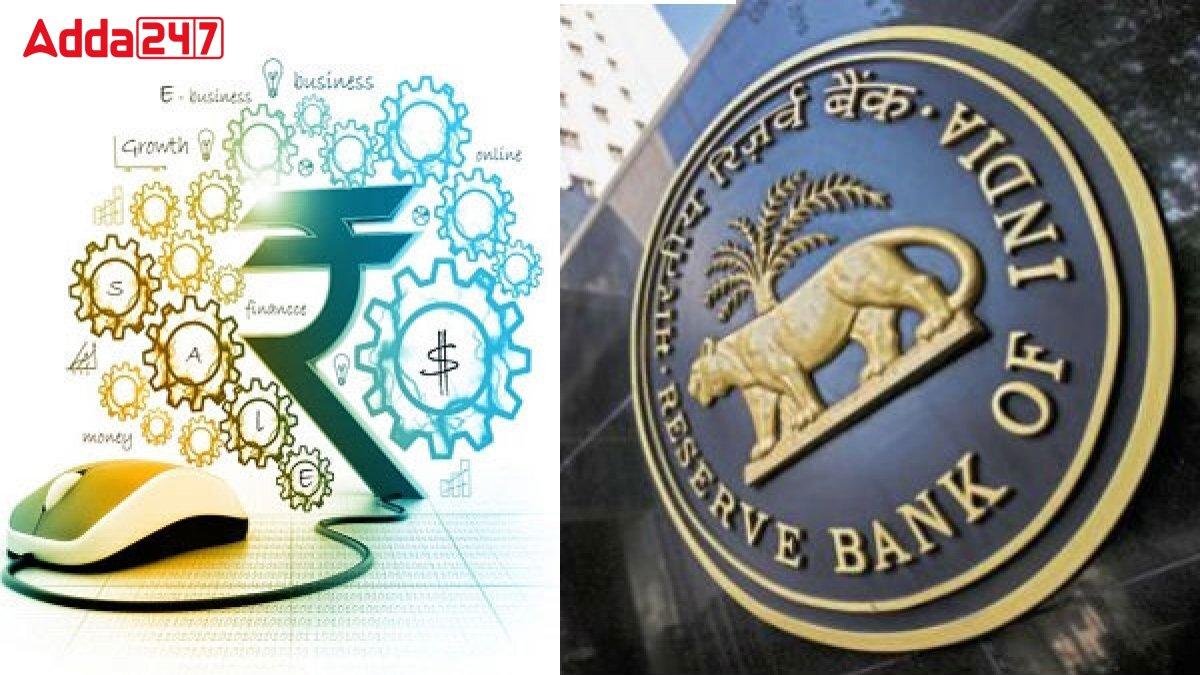In response to the introduction of the T+1 settlement regime for stocks, the Reserve Bank of India (RBI) has updated the guidelines for custodian banks regarding the issuance of Irrevocable Payment Commitments (IPCs). Under these revised guidelines, custodian banks issuing IPCs will be subject to a maximum intraday risk, considered as capital market exposure (CME), capped at 30 percent of the settlement amount.
Risk Assessment and Mitigation Measures
The 30 percent risk limit is calculated based on the assumption of a 20 percent downward price movement of equities on T+1, with an additional 10 percent margin for further downward price movement.
Eligibility and Conditions for IPC Issuance
Only custodian banks with agreements granting them an inalienable right over securities for settlement payouts are permitted to issue IPCs, unless transactions are pre-funded. Rupee funds must be available in the customer’s account, or in the case of foreign exchange deals, the bank’s nostro account must be credited before IPC issuance.
Margin Payment and Reduction of Exposure
Margins paid in cash or through permitted securities to mutual funds and foreign portfolio investors (FPIs) will reduce exposure, adjusted for applicable haircuts prescribed by exchanges.
Settlement Cycle and Outstanding Exposure
Under the T+1 settlement cycle, exposure is typically intraday. However, if exposure remains outstanding beyond T+1 Indian Standard Time, banks must maintain capital based on the outstanding capital market exposure.
Large Exposure Framework Compliance
Banks’ underlying exposures to counterparties stemming from intraday capital market exposure will be subject to limits outlined in the Large Exposure Framework.



 LIC Granted 3-Year Extension by Sebi to ...
LIC Granted 3-Year Extension by Sebi to ...
 RBI Approves Quant MF to Raise Stake in ...
RBI Approves Quant MF to Raise Stake in ...
 Enhancing Global Commerce Opportunities:...
Enhancing Global Commerce Opportunities:...
